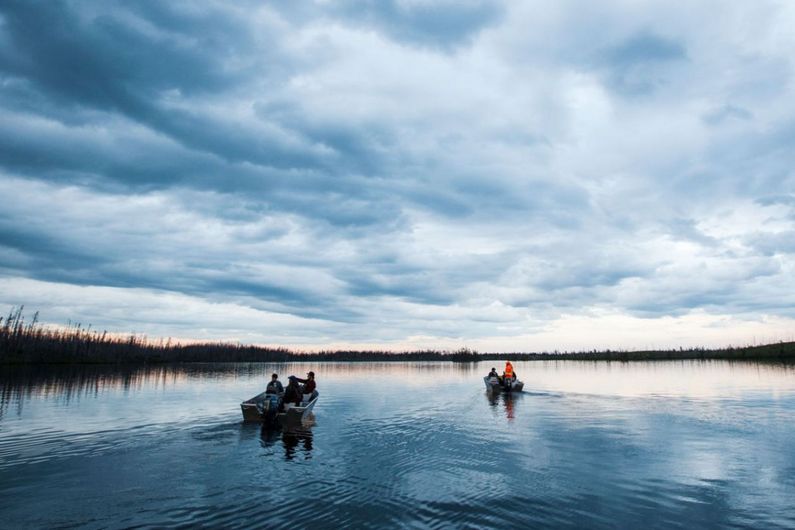Protecting and promoting Indigenous place names
- UdeMNouvelles
09/28/2023
- Béatrice St-Cyr-Leroux
In August, UdeM’s Marie Thériault went to the United Nations to support the international recognition and preservation of toponyms.
Marie Thériault wears many hats—linguist, professor in UdeM’s Faculty of Education Sciences, researcher with the Aboriginal Peoples Research and Knowledge Network (DIALOG) and member of the Quebec government’s Toponymy Commission.
Thériault drew on her wide-ranging interests and knowledge when, in August, as an observer, she attended the 13th session of the United Nations Committee of Experts on Global Geospatial Information Management (UN-GGIM) in New York City.
Her expertise on Indigenous issues was especially valuable at the meeting of the UN Group of Experts on Geographical Names (UNGEGN), where issues around the historical, linguistic, geographic and cultural dimensions of place names were on the agenda.
Thériault joined Yaïves Ferland from Université Laval and Céline Rozenblat of the International Geographical Union in drawing attention to the importance of promoting and preserving Indigenous toponyms around the world.
“These long-neglected place names, which were often in danger of disappearing, are now being restored and increasingly recognized by toponymy authorities,” said Thériault. “And this is happening at the initiative of Indigenous peoples themselves.”
A decade to promote
Thériault pointed out that the UN General Assembly has declared 2022-2032 the “International Decade of Indigenous Languages” with the aim of preserving, revitalizing and promoting Indigenous languages.
“This is an opportunity to promote Indigenous place names in Quebec and around the world,” she said. “Indigenous toponyms are part of the world’s heritage and need to be protected.”
Thériault would like to see UdeM support this process by joining UN-GGIM’s academic network. She also believes it is crucial to form an Indigenous working group to guide UN-GGIM and UNGEGN on issues related to Indigenous place names, many of which have been passed down through oral tradition.
“Only Indigenous peoples can develop such an initiative,” argued Thériault. “These place names are part of the rich heritage of Indigenous communities and part of the connection to the land. Quebec has had an official policy on Indigenous toponyms since 1980. To date, more than 14,500 Indigenous place names have been officially recognized and more than 27,000 have been preserved.”












